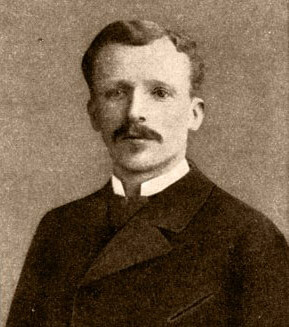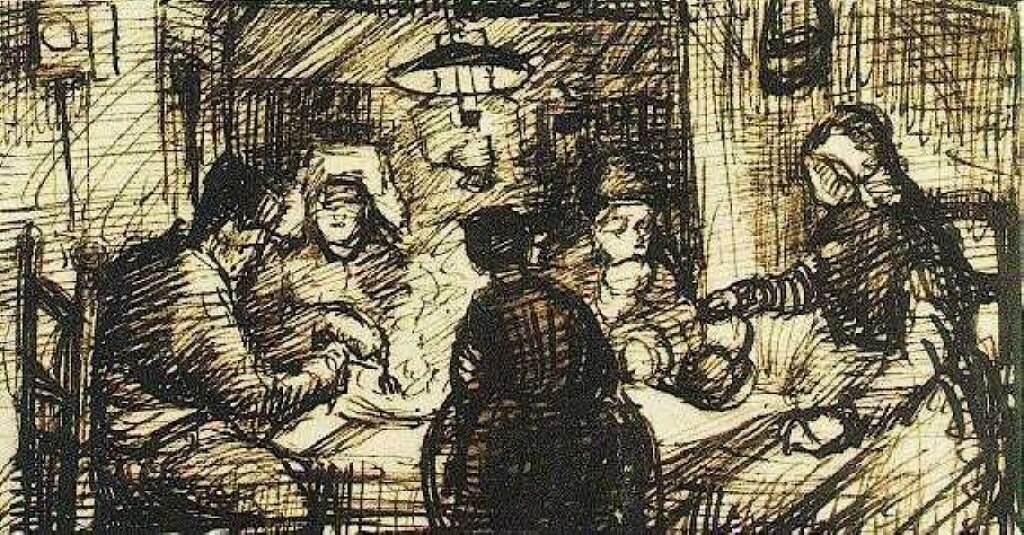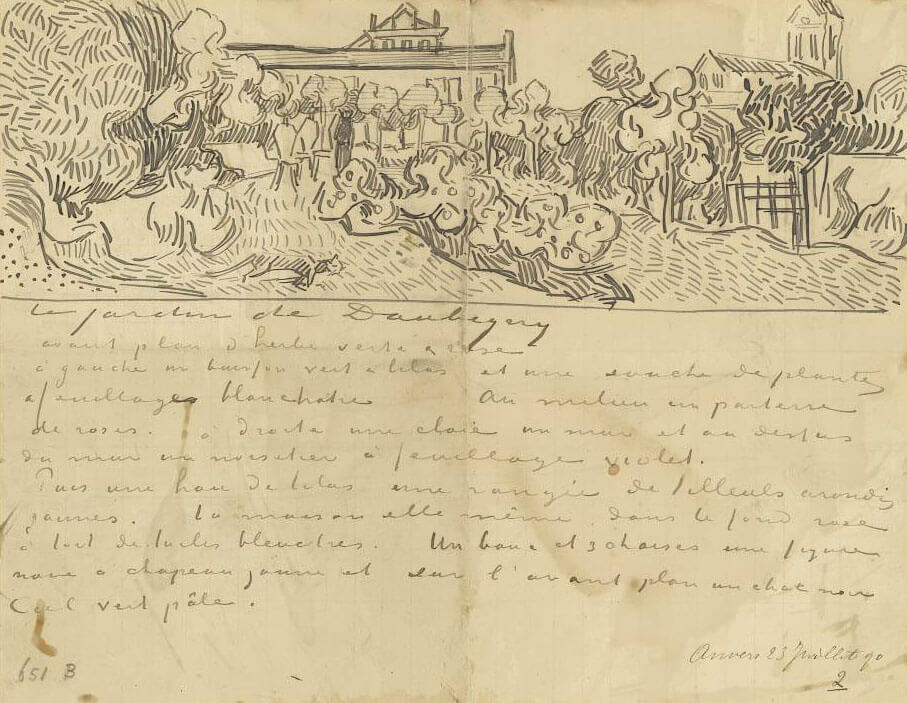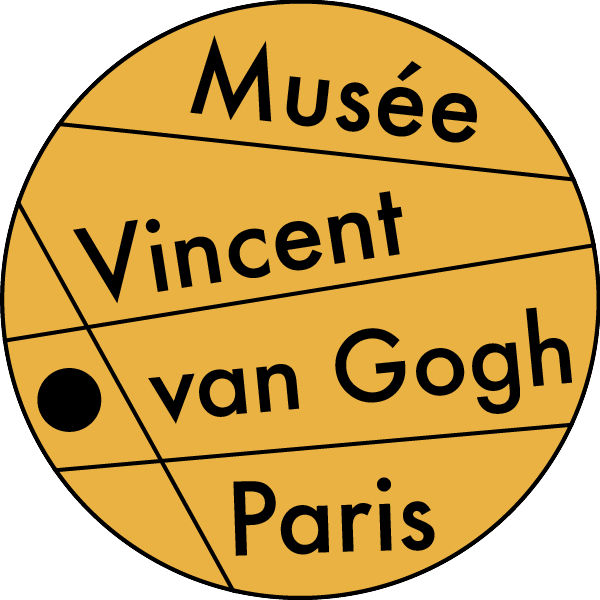VINCENT THROUGH HIS LETTERS
Ever since Vincent van Gogh’s letters became widely known with their first publication almost a century ago they have garnered the interest and admiration they deserve. They were eagerly seized on as a rich source of information about Van Gogh’s gripping life story and exceptional work, and there was broad recognition of the intrinsic qualities of his writing: the personal tone, evocative style and lively language.
The recipient of all but a few of these 819 letters was his younger brother Theo; the confidant, friend, and adviser whose moral and financial support made Vincent’s ten-year artistic career possible. The first letter in Volume One was written to Theo in 1872 when Vincent was nineteen and trying to figure out what to do with his life. The last is the unfinished draft of his final letter to Theo, found in his pocket after his death on July 29, 1890.

Vincent's younger brother, Théo van Gogh
Van Gogh’s letters are crucial for the knowledge about his life and work that has been accrued over more than a century. They help us to arrange the oeuvre in chronological order and to understand the artistic ambitions that lay behind it, and it is with that in mind that they have been endlessly consulted and interpreted in many catalogues and other publications. The letters also give an insight into the artist’s driven personality and some of his trials and tribulations.

Sketch for “The Potato Eaters" from a letter to Théo, Brown Ink on Paper, April 30, 1885.
"The uglier, older, meaner, iller, poorer I get, the more I wish to take my revenge by doing brilliant color, well arranged, resplendent. "
Vincent van Gogh, Arles, September 9, 1888, to Willemien van Gogh
In-between these very personal windows onto Van Gogh’s state of mind, we see the progression of his career. Early letters contain much discussion between him and Theo about the business of art (Vincent worked as an art dealer between 1869 and 1876). Endless money worries preoccupy the bulk of Vincent's letters to his family. And there are later letters between Vincent and Paul Gaugin and painter Emile Bernard, almost exclusively about technique. Since he was “not in a dependent position” with artist friends as he was with family, in the few letters he exchanged with his peers, the sole focus was on art.
"Life itself, too, is forever turning an infinitely vacant, dispiriting blank side towards man on which nothing appears, any more than it does on a blank canvas. But no matter how vacant and vain, how dead life may appear to be, the man of faith, of energy, of warmth, who knows something, will not be put off so easily. "
from a letter to Théo,
Nuenen, October 1884
Van Gogh tried not only to “evoke a scene or landscape” with words, but also with many dozens of illustrations. Many are sketches for paintings in progress, some quick observations and rapid portraits, and some fully-composed scenes. Van Gogh’s sketches “basically served one purpose, which was to give the recipient an idea of something that he was working on or had finished.” In early letters to Theo, the sketches—which Vincent called “scratches” also served to convince his younger brother and patron of his commitment and to demonstrate his progress.
"The more I think about it the more I feel that there’s nothing more genuinely artistic than to love people "
From a letter to Théo. Arles, September 18, 1888.

Vincent's last letter to Théo, Auvers-sur-Oise, July 23, 1890
